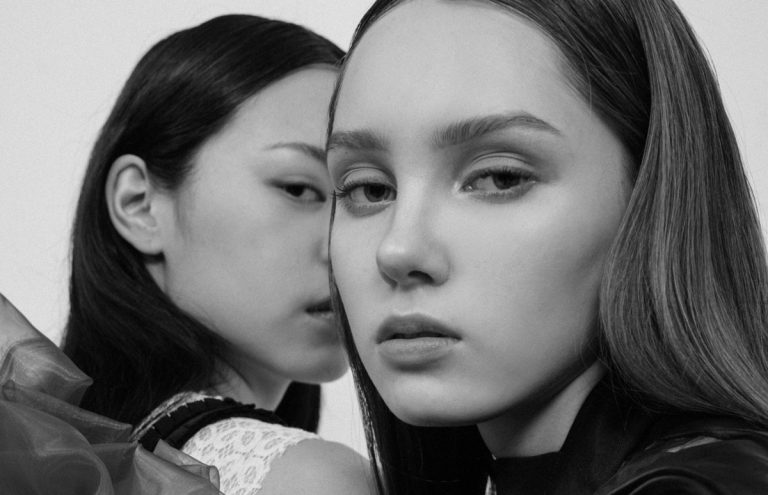Bottega Veneta deleted all its social media channels. What will other brands do?
On Tuesday 5 January 2021, Bottega Veneta deleted its social media accounts on Instagram, Facebook and Twitter. The Italian luxury fashion house based in Milan and currently helmed by creative director Daniel Lee, who was previously described as “the quiet radical” by British Vogue, has not yet made a statement about the reason and duration of its social media blackout. This didn’t stop rumours from spreading however.
By saying goodbye to its nearly four-million cumulative followers across Instagram, Twitter and Facebook, Bottega Veneta has led many fashion enthusiasts to wonder whether the move is either a genius PR stunt or a definite break from our now normalised (yet toxic) social media habits. Either way, there’s one more question that seems to doom over the rest of the fashion industry: will this new approach reverberate across the industry?
Lee has long proven his ‘internet shyness’ and his indifference towards following social trends. For example, Céline (where Lee was director of ready-to-wear design for years) was one of the last major labels to join Instagram in 2017, but still, it didn’t need to join at all. Even without a social media presence, the brand had managed to cultivate what Highsnobiety called “a cult following of influential women” who associated themselves with the brand entirely because of its discreteness.
Before Céline finally joined Instagram (now rebranded as CELINE), the label already benefited from loyal fan accounts posting its products on their feeds—doing the hard work successfully, should I add. And the same can be said for Bottega Veneta. There are countless Bottega Veneta fan accounts on Instagram.
“New Bottega, for example, already counts 355,000 followers—a number that will surely grow considering the official account’s disappearance—meaning Bottega doesn’t actually need to be there in order for its collections to circulate,” writes Highsnobiety.
Voir cette publication sur Instagram
Furthermore, Bottega Veneta’s Spring/Summer 2021 collection was presented before a shortlist of industry leaders and big-name influencers, in contrast to the swath of attendees you typically see lining the runway at fashion week. HYPEBEAST had described it as a “hush-hush spectacle” attended by Kanye and North West among other guests.
Add to this the fact that Lee has never had his own Instagram account, and things suddenly seem to tilt more towards a potential social media goodbye. Lee is notoriously private and has said a couple of times that social media is simply not his thing. “He rarely does interviews, rarely gives extra context to his collections, and makes a point of banning huge audiences at his shows,” says Highsnobiety about the designer.
But privacy doesn’t equal a small reach for Bottega Veneta—on the contrary, since Lee first took the reins in 2018, the brand has banged out hit after hit. Almost every influencer and editor on the planet owns a pair of Bottega Tire boots, which have now been replaced by the Puddle boots.
In a way, Bottega Veneta has always had the advantage of ranking among the most famous and luxurious brands such as Chanel and Prada, without ever becoming so omnipresent that it risked becoming overexposed, unlike the latter. That’s why deleting all social media channels could actually be a smart move.
It’s a luxury label for people that want luxury in a somewhat discreet way—not that there’s anything wrong with flashy logos and celebrity campaigns! But Bottega Veneta is known for its traditional approach to fashion, which is exactly what allows it to be so innovative yet classic.
While Business of Fashion rightly notes fashion’s growing reliance on social media as a marketing tool and direct line of communication with customers, especially in the midst of the COVID-19 pandemic, over the past year, many fashion brands have also had to realise the drawbacks that come with influencer marketing and adapt to them accordingly.
That’s exactly where the idea of what is sometimes called ‘old’ and ‘new’ luxury respectively will be once more redefined. In an industry where digital clout has quickly become the path to brand relevance, will Instagram scrolls become as ‘worthless’ as traditional print media? I personally see both as equally important, but perhaps this sudden change will force advertisers to invest their money somewhere else?
As Instagram slowly but surely gets swapped for TikTok, most fashion brands are still struggling to find the right approach needed to be accepted on this younger, more animated video-sharing platform. If the rumours are true, at least Bottega Veneta won’t have to worry about it.






